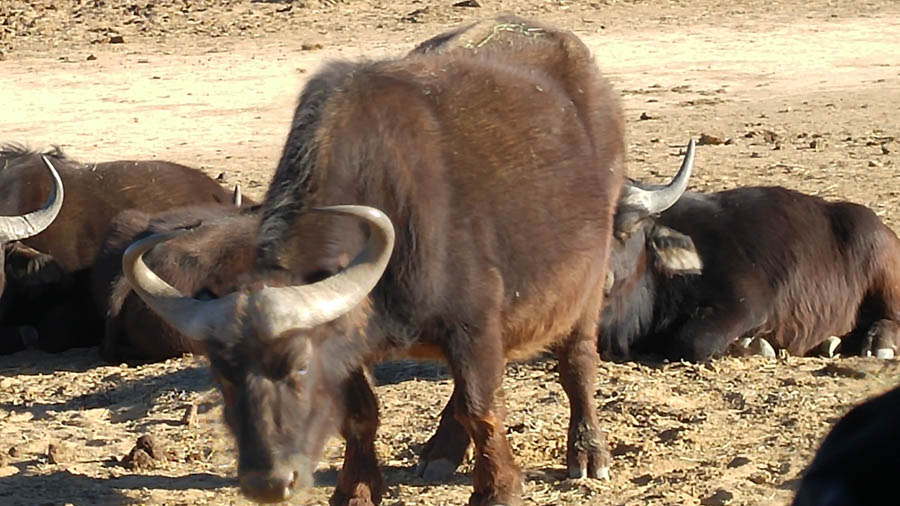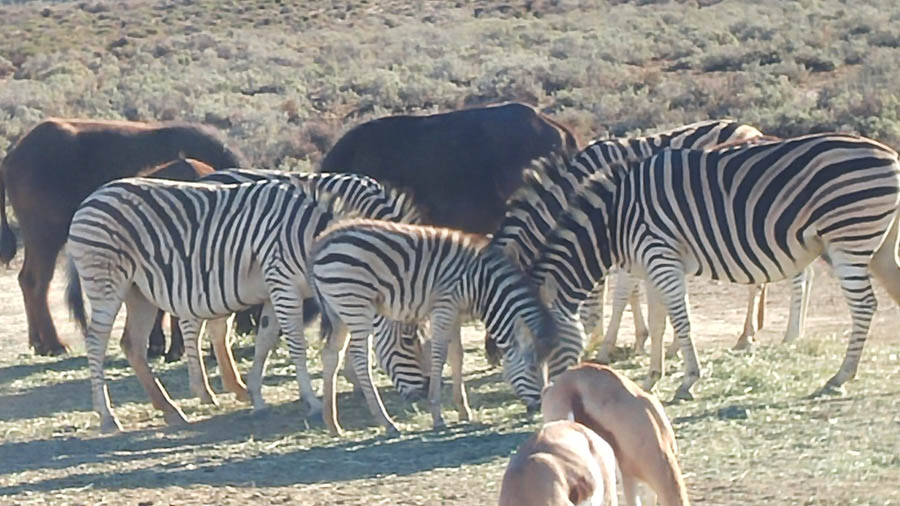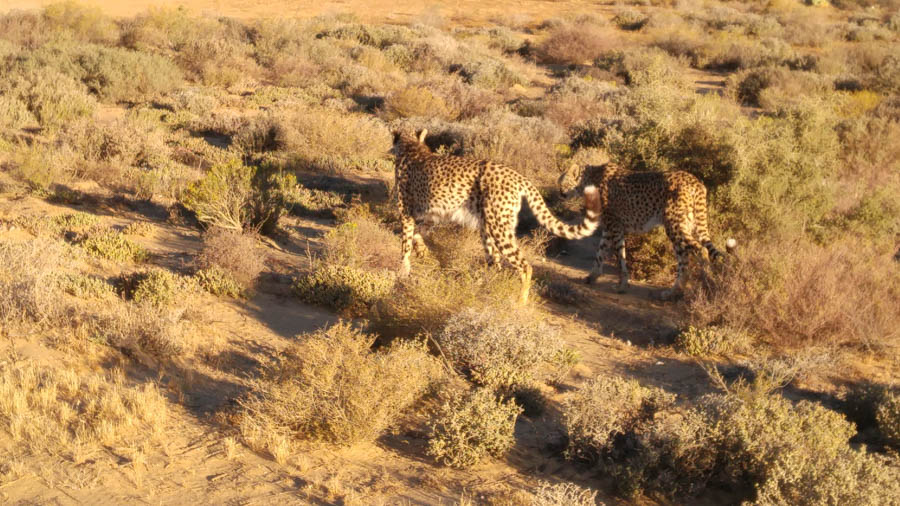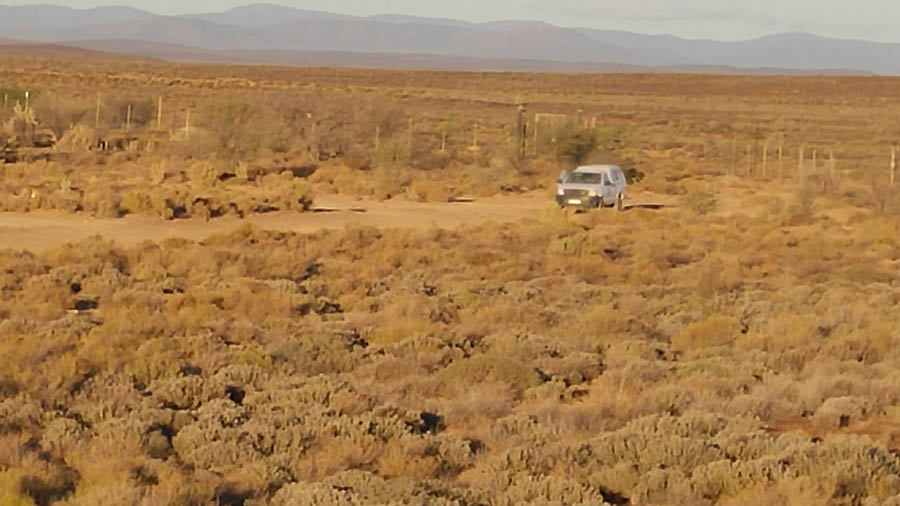To The Outback Before Going Home (Page Thirteen)
Our traveling party left this morning from Cape Town and headed back home but since we were all the way at the bottom of Africa, we stayed two days at the famous Inverdoorn Game Preserve! Two and a half hours drive from Cape Town but well worth the time!
Inverdoorn Game Reserve is a 10,000 hectare park situated in the Ceres-Karoo, a scenic 2.5 hours drive from Cape Town and offers an unique experience in the Karoo.
Did You Know? - The Karoo (/kəˈruː/ kə-ROO; from a Khoikhoi word, possibly garo "desert") is a semi-desert natural region of South Africa. There is no exact definition of what constitutes the Karoo, and therefore its extent is also not precisely defined. The Karoo is partly defined by its topography, geology, and climate — above all, its low rainfall, arid air, cloudless skies, and extremes of heat and cold.
Surrounded by beautiful mountain ranges with the most incredible sunsets and breathtaking skies at night, Inverdoorn offers you the opportunity to relax. Activities at Inverdoorn includes swimming in the pool, tennis, game viewing and biking.
During game drives you will experience a spectacular sunset from the look-out point whilst sipping on a sundowner. At night the clear skies with myriads of stars, are absolutely breathtaking!


Woke up in the hotel
room with a wild critter! Shades of things to come!

On the road to
Inverdoorn Game Reserve
 \
\

Paarl here we come!

Suddenly... Flat ground, blue skies, and desert!

A few miles off the beaten path!

An oasis in the middle of nowhere...

All fenced in and ready for visitors - 4WD vehicle track Africa’s big game.
Did You Know? - Sprawling across 10 000 hectares in the Ceres Karoo, Inverdoorn Game Reserve and Iziba Safari Lodge is situated two and a half hours from Cape Town. The reserve is home to an abundance of wildlife, including the Big Five and offers thrilling safaris and the best luxury accommodation.
As a conservation stronghold, Inverdoorn strives to save threatened species and return animals to their natural habitat. This is evident from the rescue stories of animals that now roam free on the reserve. In 2012, Inverdoorn introduced elephants into the reserve, marking it as a Big Five destination.

The grounds are quite nice considering its in the middle of nowhere!

A quick glance at the local lake reveals rhinos enjoying the water!
(OK... It is actually a photo that was hanging outside our room.
It wasn't so green when we were there)

Small and large animals! This critter was inside the ladies room

We checked in and walked around the grounds before the safari began!

The ol' watering hole!

Plenty of shade for the wildest animals... Us!

The rooms were located adjacent to the main buildings

Amazing evenings under the stars


Now she is smiling.... We are off to see the "Big Five"
Did You Know? - All members of the Big 5 – the elephant, lion, rhino, buffalo and the elusive leopard (we didn't see any leopards) – are represented at Inverdoorn. The game is thriving and during your safari you may come across herds of eland, gemstone and zebra, or hippos wallowing in the dam. The rhinos, with their horns intact, are a distinct highlight at Inverdoorn, combined with the magic of walking with giraffes and watching the cheetah run.
NOTE: They told us the only 2 ways to smuggle the horns was if whole and going through security and what they put in the horns can be detected or if they are ground the dust makes the poachers sick and the hospital and medical personnel know what to look for and will report them. We didn't see any pink horns - here they no longer do that

Camera at the ready!



Notice the sign! A warning to poachers!

The zebras seems happy to see us!

The Springbok is not afraid at all

Beautiful animals dining on the brush!
Did You Know? - The Springbok is a slender, long-legged antelope, the springbok reaches 71 to 86 cm (28 to 34 in) at the shoulder and weighs between 27 and 42 kg (60 and 93 lb). Both sexes have a pair of black, 35-to-50-centimetre (14 to 20 in) long horns that curve backward. The springbok is characterized by a white face, a dark stripe running from the eyes to the mouth, a light brown coat marked by a reddish-brown stripe that runs from the upper foreleg to the buttocks across the flanks, and a white rump flap.
Active mainly at dawn and dusk, springbok form harems (mixed-sex herds). In earlier times, springbok of the Kalahari desert and Karoo would migrate in large numbers across the countryside, a practice known as trekbokken. A feature unique to the springbok is pronking, in which the springbok performs multiple leaps into the air, up to 2 metres (6.6 ft) above the ground, in a stiff-legged posture, with the back bowed and the white flap lifted. Primarily a browser, the springbok feeds on shrubs and succulents; this antelope can live without drinking water for years, meeting its requirements through eating succulent vegetation. Breeding takes place year-round, and peaks in the rainy season, when forage is most abundant. A single calf is born after a five- to six-month-long pregnancy; weaning occurs at nearly six months of age, and the calf leaves its mother a few months later.
Springbok inhabit the dry areas of south and southwestern Africa.

Where the buffalo roam...

He looks friendly enough. That's the mother and her newborn that day calf.
Did You Know? - The buffalo may come across as peaceful and passive at times. They are, in fact, very dangerous and unpredictable. They use their horns for fighting and these are extremely powerful and even bulletproof. Were you to shoot a buffalo’s horns, the bullet would merely ricochet.
As gregarious animals they live in herds, which can number in the thousands and in the wild they can live for up to 18 years. Extremely large animals, their front hooves are larger than their hind ones in order to support the heavy bulk of their head and neck.
Males and females have horns, but the males’ tend to be bigger and are used in fights. Their natural habitat encompasses grass, shade and water as they drink regularly and prefer to stay close to water when feeding.
They only mate and give birth to calves during the rainy season. His main predator is the lion and, of course, humans – having once been a popular trophy for hunters. When danger threatens, buffalo will protect their calves by pushing them into the middle of the herd.

Just taking in the sunshine!
The male to the left with the larger head horn

Perhaps it is time to move on?

Did we say "friendly"

Living together in harmony!

Friendly neighbors

We can drive up real close and observe them


Here come the tall guys

Hidden well in the bushes

Did You Know? - Capecheetah (yes... Capecheetah) is a rescue and rehabilitation center for cheetahs based at Inverdoorn Game Reserve in the Western Cape. It was founded by reserve owner Damian Vergnaud after the purchase of 7 semi wild cheetahs. In 2008 he saved Velvet, Shady and Joti, 1 month old cheetah cubs who were abandoned in a bathroom.
Today, each of them has their proper thrilling, but sometimes heartbreaking, story. The aim of the center was to rescue more of these species from similar situations with the goal of rehabilitating them and, ideally, releasing them into the wild.
The work of the center was expanded with the implementation of a breeding programme, aimed at countering the decline in the African cheetah population and increasing the genetic diversity in species. To date, Capecheetah has succeeded in both releasing cheetahs back into the wild and seeing two litters of cubs born on the reserve.

Awaiting visitors

She has "spotted" something

Mom and Dad go shopping

Probably posing! Isn't she beautiful?

"Yes... We are very very close"

She likes a late lunch... It's about dionner time for us

"You have to be quick!"

"Smile... You're on camera"

Standing proud!

Looking for a meal!



Back to the lodge for the evening
we spotted truck that has food for the cheetahs. We watched from an observation tower so we could see how fast the cheetah's run.
The truck would race dragging the food with the two cheetahs chasing (there's a video). The one who reaches the dragged food gets it and the other cheetah is provided a smaller food portion - the faster gets the bigger portion, an incentive.
This is training for them to hunt on their own, so they might be released into the larger enclosure of the park. They do this every night.

Great grub!

Decisions decisions

Like a fancy hotel in the heart of town!

Cream of Roaster Butternut and Garlic Soup!

Checkout the menu!

Beef Wellington? We will sleep tonight!
